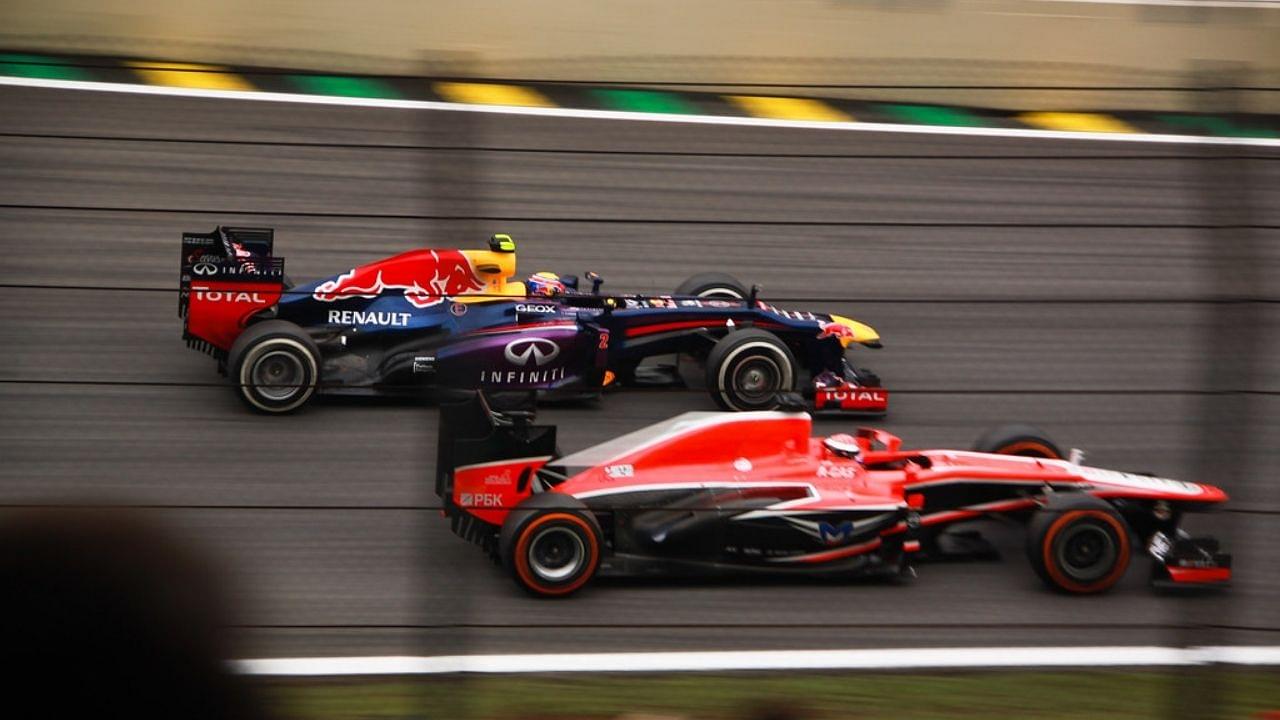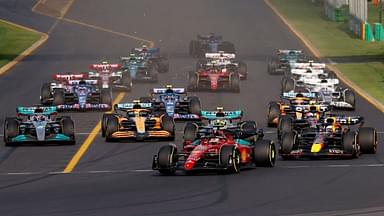Back in 2013, Red Bull Racing spent $200 million more than Marussia, just to be three seconds faster than them on the track.
Budget cap is a topic that was hovering all over the F1 paddock for many years. It came into implementation fairly recently, but we can’t discard just how much the big teams favored from their absence in the past.
In 2013, Red Bull was on top of the world. That year, they won their fourth consecutive Constructors’ Title and Sebastian Vettel won his fourth successive Drivers’ Title. However, the amount of money spent behind this success was staggering when we compare it to those of the bottom teams that year.
The team with the lowest budget that year was Marussia. The Anglo-Russian team spent a total of $62 million that year and they ended the campaign with zero points. Joining them at the bottom with also zero points was the Caterham F1 team.
Red Bull on the other hand spent $289 million on their car development in 2013, which is almost $200 million more than what these bottom teams managed. Hence it’s no surprise that they struggled at the wrong end of the grid compared to these big teams who enjoyed repeated success.
Red Bull can no longer out-spend their rivals to earn success on track
In 2021, F1 introduced the concept of budget cap which all teams were forced to follow. It was $145 million last year but starting from 2022, it went down to $140 million.
It’s arrival in the sport was to prevent the big teams from running away with all the success on track. Since an F1 team’s success depends on their R&D in the form of investment back in factories, historically it was the highest spending teams who were most successful.
However, if all teams had an equal amount of money to spend, it’s evident that the field will be much closer. The idea becomes to make the best use of the resources at their disposal.
In this era of F1, there is no such thing as rolling up to a race with a completely new car. The budget cap simply doesn’t allow it.
— S2fftt (@s2fftt) May 6, 2022
On the other hand, the budget cap has led to other problems. Drivers need to be cautious about not crashing during Grand Prix weekends anymore as the replacement parts/chassis expenses go out of this budget. Some team principals including Red Bull’s Christian Horner and Haas’ Guenther Steiner have called for more flexibility to the budget cap.
Whatever changes there are to the spending restrictions in the future, one thing is certain. Teams like Red Bull and Ferrari cannot spend hundreds of millions more than their rivals to outperform them on track anymore.








